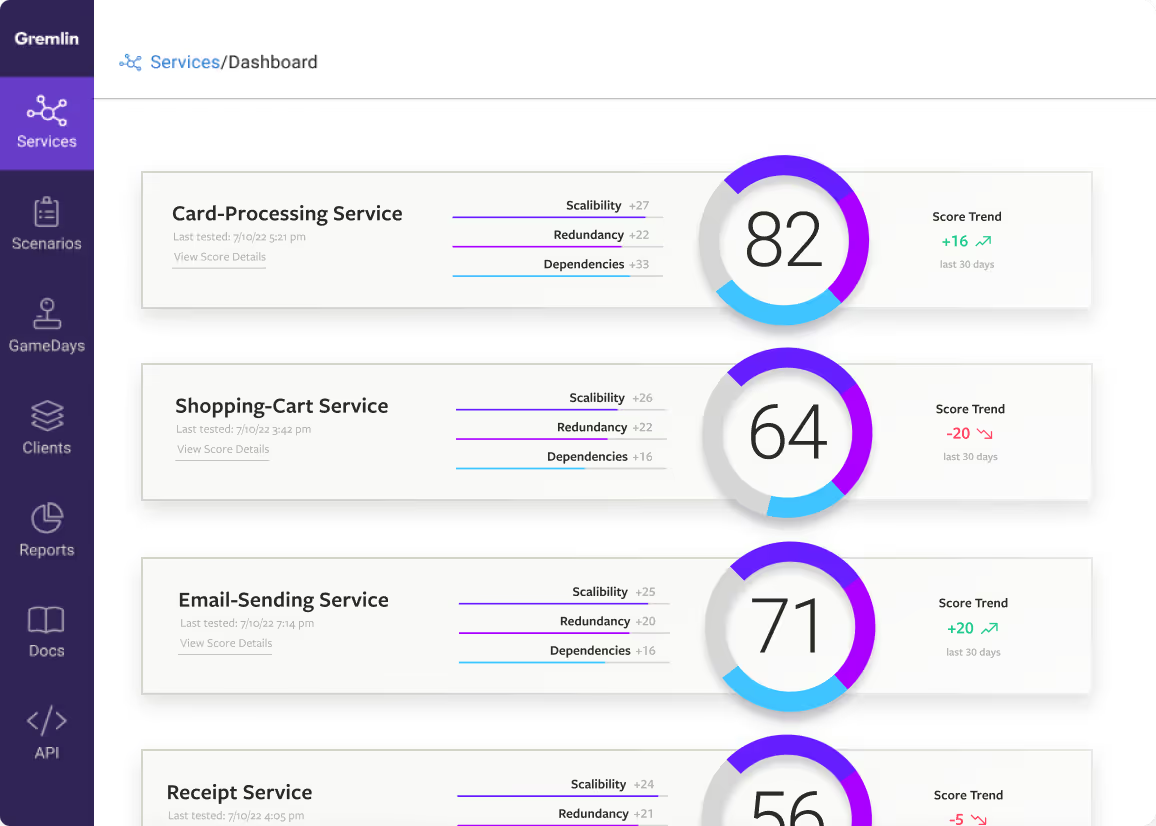SRE Best Practices for Incident Management

Understand the origins of modern incident management best practices, how they align with the emerging discipline of Site Reliability Engineering (SRE), and how incidents can be proactively prevented with thoughtful failure injection.
Resolve incidents faster.
Thanks for requesting SRE Best Practices for Incident Management! View the whitepaper here. (A copy has also been sent to your email.)
About the Authors
Jordan Pritchard
Director of Infrastructure & Site Reliability Engineering
Michael Kehoe
Architect of reliable, scalable infrastructure
Rodney Lester
Technical Lead, Reliability Pillar of Well Architected Program
Tammy Butow
Principal SRE
Jay Holler
Manager, Site Reliability Engineering
Ramin Keene
Founder
Download this whitepaper to learn more about:
- The origins of the discipline of Incident Management
- Reasons you need an Incident Management program
- How Site Reliability Engineering (SRE) fits into Incident Management
- The difference between DevOps and SRE
- How Chaos Engineering can proactively prevent incidents from occuring
- 9 best practices for building a modern incident management program at your company
Traditional ways of responding to IT incidents are no longer good enough.
In this whitepaper, you’ll hear about the rise of a concept called site reliability engineering (SRE), and how the role of this type of incident management can not only coexist with, but also strengthen a DevOps approach to development.
You’ll learn the benefits of putting a modern incident management team in place. And you’ll get a list of nine best practices for building an incident management program of your own.
In particular, you’ll hear about an emerging practice called chaos engineering that can help your incident management team excel at keeping your systems and sites functioning at top performance and stability.
Avoid downtime. Use Gremlin to turn failure into resilience.
Gremlin empowers you to proactively root out failure before it causes downtime. See how you can harness chaos to build resilient systems by requesting a demo of Gremlin.

.svg)





